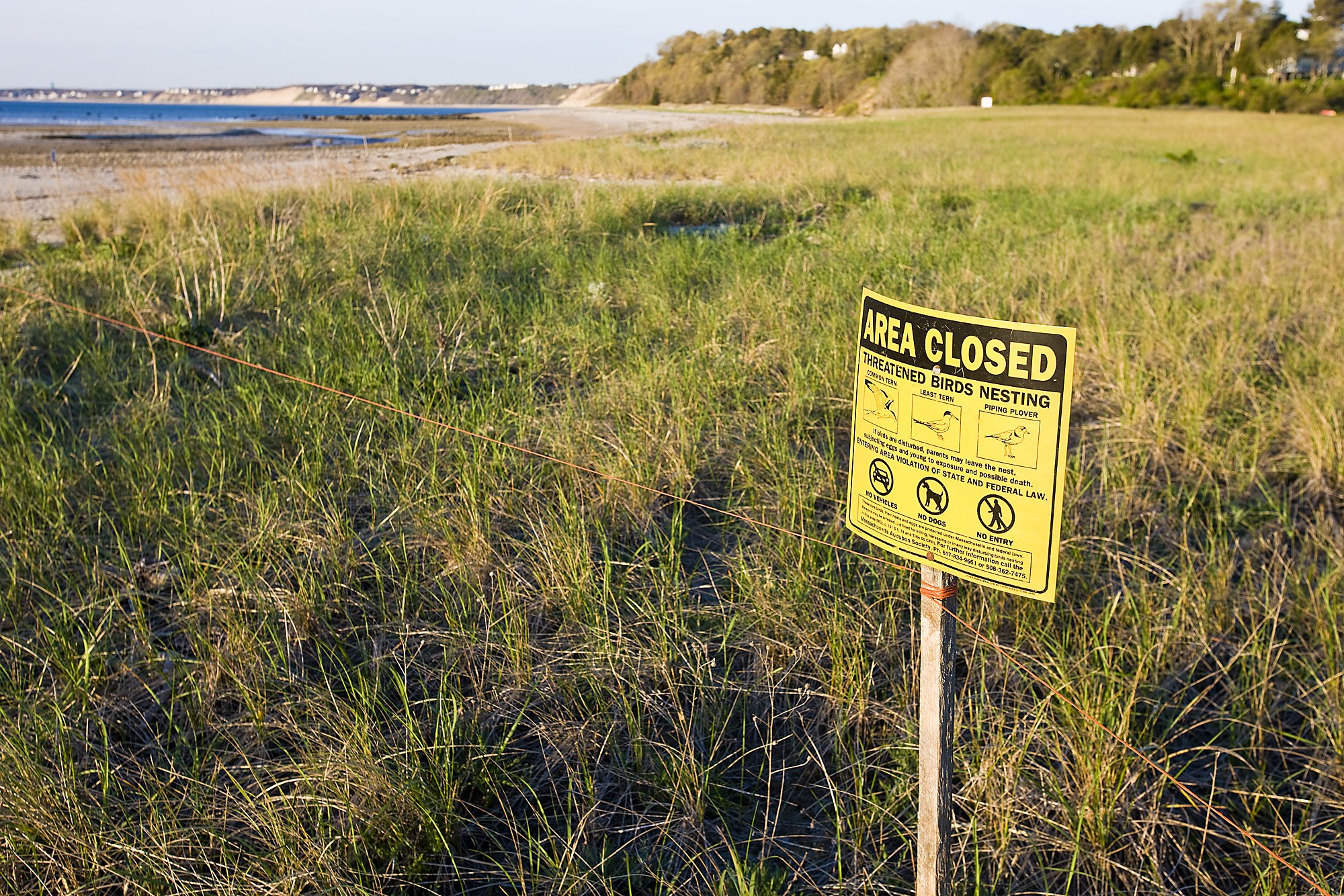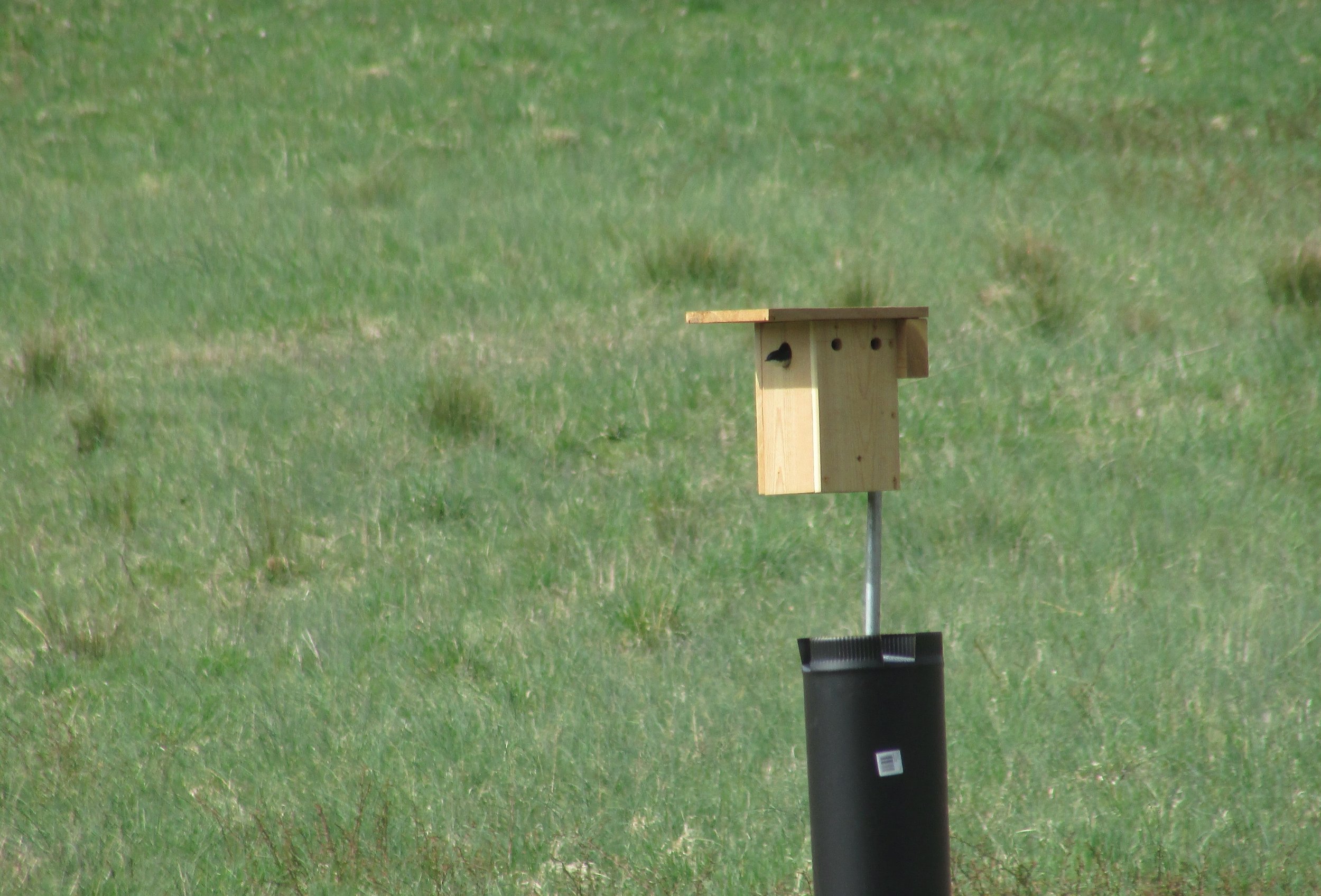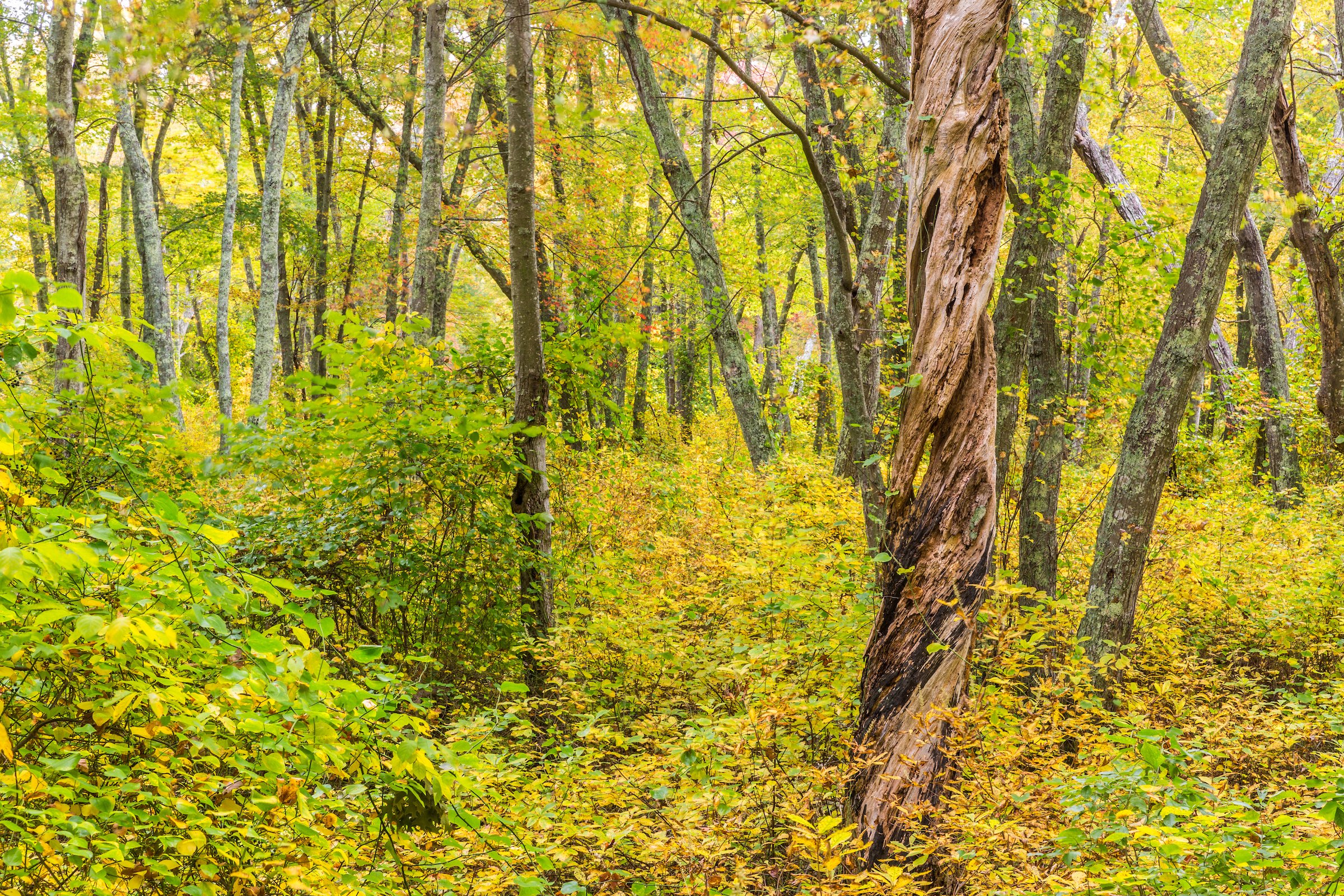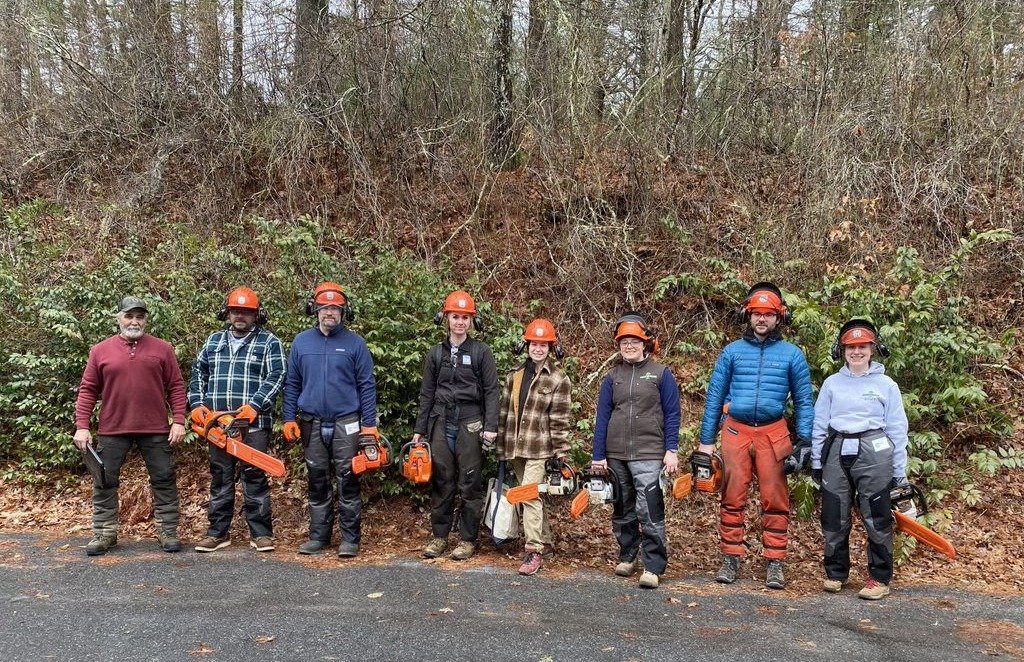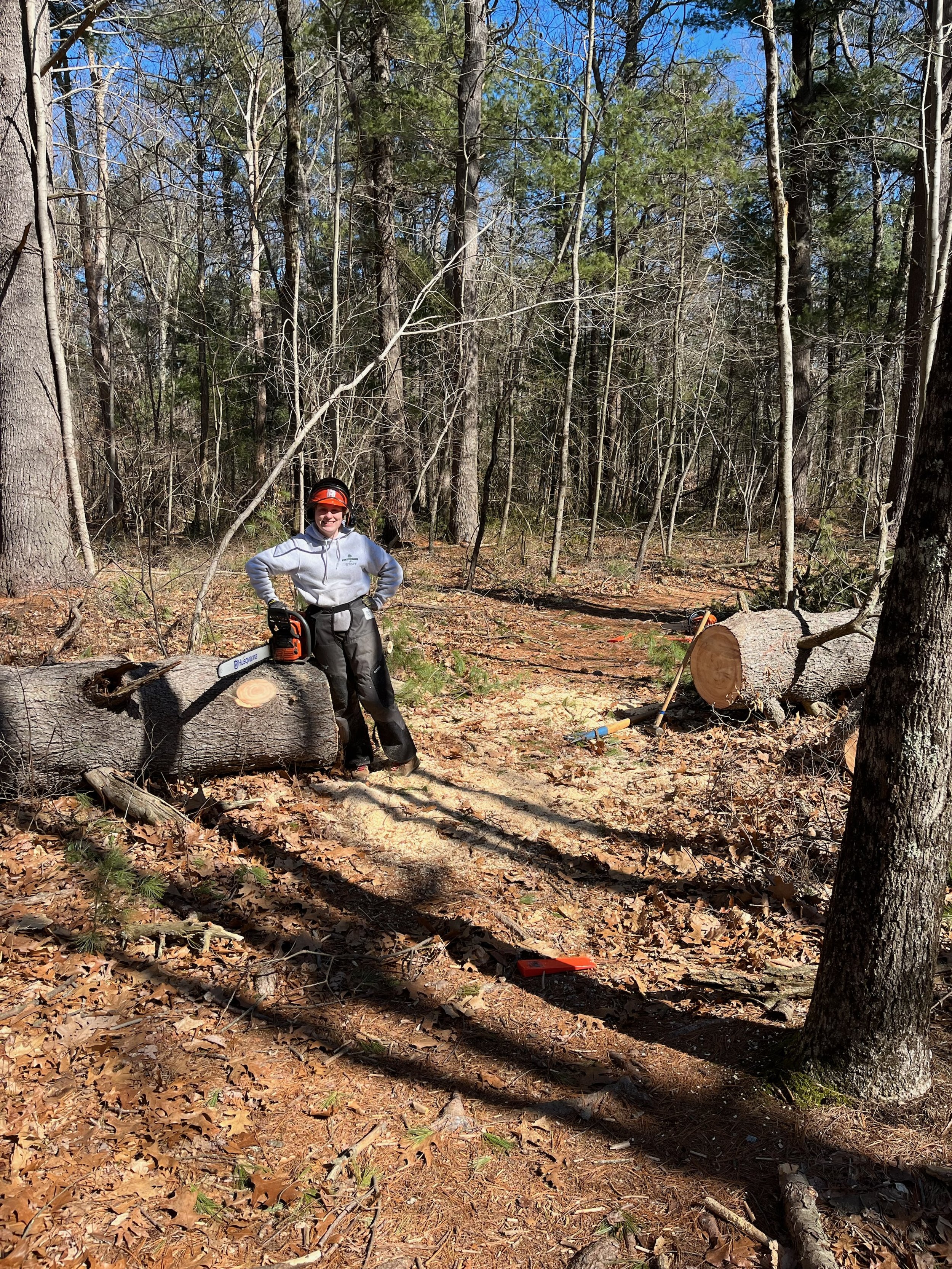By Scott MacFaden, Director of Land Protection
The Lake Street CR includes frontage on Jones River Brook, a tributary of the Jones River (pictured). Photo by Jimmy Powell of Jones River Landing.
Thus far in 2023, we’ve completed several projects that protect a diverse array of habitats and conservation values, and in one case further strengthen a long-standing collaboration with one of our municipal partners.
Lake Street CR, Plympton
In January, we completed a 31-acre Conservation Restriction in northeast Plympton near the Kingston line. The CR area is part of a larger privately owned property that will include a solar energy installation. Because the proposed project site is within mapped habitat for the Eastern Box Turtle, a species of “Special Concern” as identified by the Commonwealth’s Natural Heritage and Endangered Species Program (NHESP), the project proponents were required to grant the CR.
The CR protects land identified by NHESP as containing significant wildlife habitat, including “Priority Habitat of Rare Species” and “Estimated Habitats of Rare Wildlife.” The CR land includes frontage on Jones River Brook, a tributary of the Jones River.
As solar projects continue to proliferate across Southeastern Massachusetts, those that are proposed within areas subject to NHESP’s regulatory purview typically require the granting of a CR. We are actively evaluating several other solar project-associated CR’s across the region, and expect we will be offered more projects of this type in the future.
McCarthy Farm Conservation Area CR, Rockland
In March, we secured a Conservation Restriction (CR) on 36 acres in southwest Rockland. The Town of Rockland acquired the parcel in late 2021 using Community Preservation Act and other state funds. To learn more about the history and natural profile of the property, click here.
Sleeper Conservation Area CR, Hanson
The Bay Circuit Trail, a 200-mile hiking path that lies near the Sleeper Conservation Area in Hanson. By John Phelan, CC BY 3.0
In April, we completed a 12-acre Community Preservation Act (CPA) CR on the Town of Hanson’s Sleeper Conservation Area. Acquired by the Town in 2022 with a combination of CPA funds and a Local Acquisitions for Natural Diversity (LAND) grant from the Commonwealth of Massachusetts, the Sleeper Conservation Area primarily comprises forested upland, punctuated by several isolated pockets of wooded deciduous wetland.
The Sleeper Conservation Area’s position within the broader landscape bolsters its conservation impact. It directly abuts the Town of Hanson’s Camp Kiwanee, a long-cherished community asset on Maquan Pond, as well as the Town’s Alton J. Smith Preserve and the neighboring Town of Pembroke’s Town Forest. The preservation of the Sleeper Conservation Area thus strengthens the landscape connectivity between these two municipally owned open space assemblages.
A section of the Bay Circuit Trail, the premier long-distance hiking trail in Eastern Massachusetts, runs just to the west of the conservation area. Preserving this parcel helps protect the scenic integrity of the trail’s corridor and maintain the recreational value of this regionally and historically significant footpath, a chronological contemporary of the Appalachian Trail.
In addition to its favorable landscape context, significance for wildlife corridor connectivity, and proximity to the Bay Circuit Trail, the Sleeper Conservation Area also contributes to water resources protection. The parcel lies within multiple areas identified by the Massachusetts Department of Environmental Protection as significant for drinking water and aquifer protection, and sits near Great Sandy Bottom Pond, which provides drinking water for the neighboring towns of Rockland and Abington.
The LAND grant award was critical to obtaining the support of Hanson Town Meeting voters for the project. The award provided almost two-thirds of the project’s funding, with CPA funds providing the balance. As part of our ongoing partnership with the Town of Hanson, Wildlands staff helped prepare the LAND grant application and provided additional assistance as needed. Many thanks to Hanson Conservation Commission Chair Phil Clemons, whose indefatigable efforts ensured the project’s success. Phil has served as our primary contact person in Hanson for decades, and is a true champion of all things conservation.
Upcoming Projects
We’re working to close more acquisitions over the next several months, including projects in Middleboro, Bridgewater, and Rehoboth. Stay tuned!
Get Involved
Hoping to protect your property’s natural and cultural heritage for generations to come? Learn about Conservation Restrictions, Deed Restrictions, land donations, and more on our Conserve Your Land page.



